
Food
12:07, 21-May-2019
A seasonal dish for China's eighth solar term, 'Grain Buds'
Updated
17:31, 21-May-2019
By Wu Yan
02:42
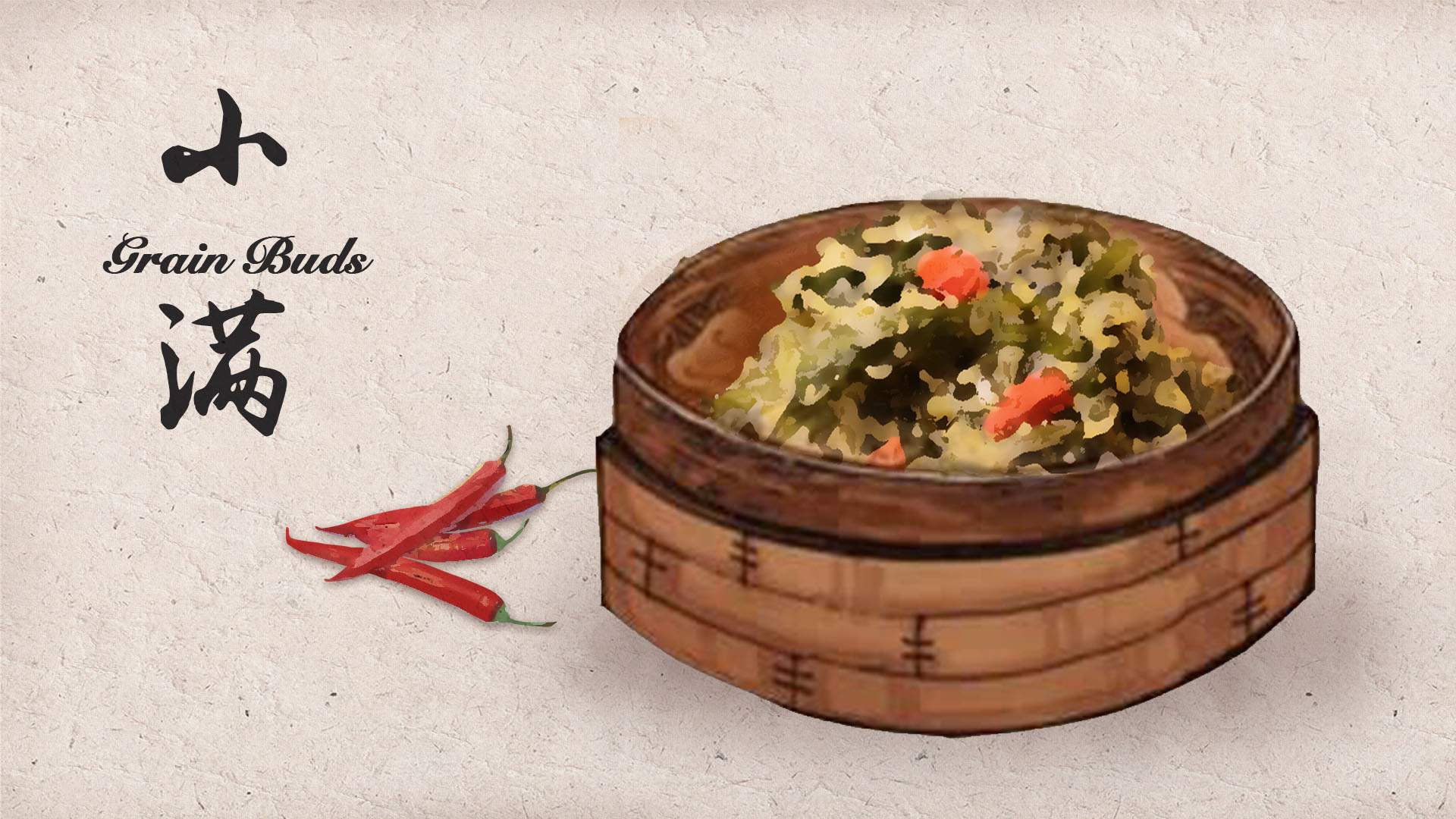
The beginning of summer in the northern hemisphere marks a critical time in the growth of crops.
In northern China, grains of winter wheat start to fill, but are still not ripen and full. That's where "Grain Buds," or "Xiaoman" in Chinese, gets its name.
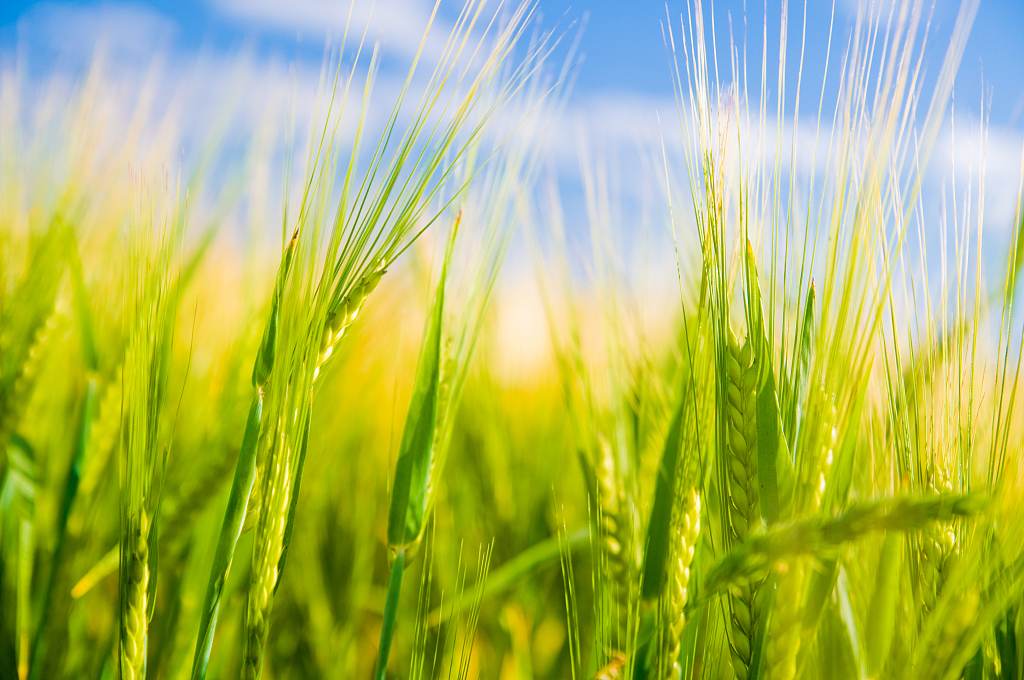
Wheat is about to ripe. /VCG Photo
Wheat is about to ripe. /VCG Photo
Grain Buds is the 8th solar term of a year and the second of the summer. It falls on May 21 this year.
After Grain Buds, the differences in temperature between north and south China gradually decrease, while rainfall increases.
With winter wheat almost ready for harvesting, farmers are applying fertilizer and readying themselves for the harvest.
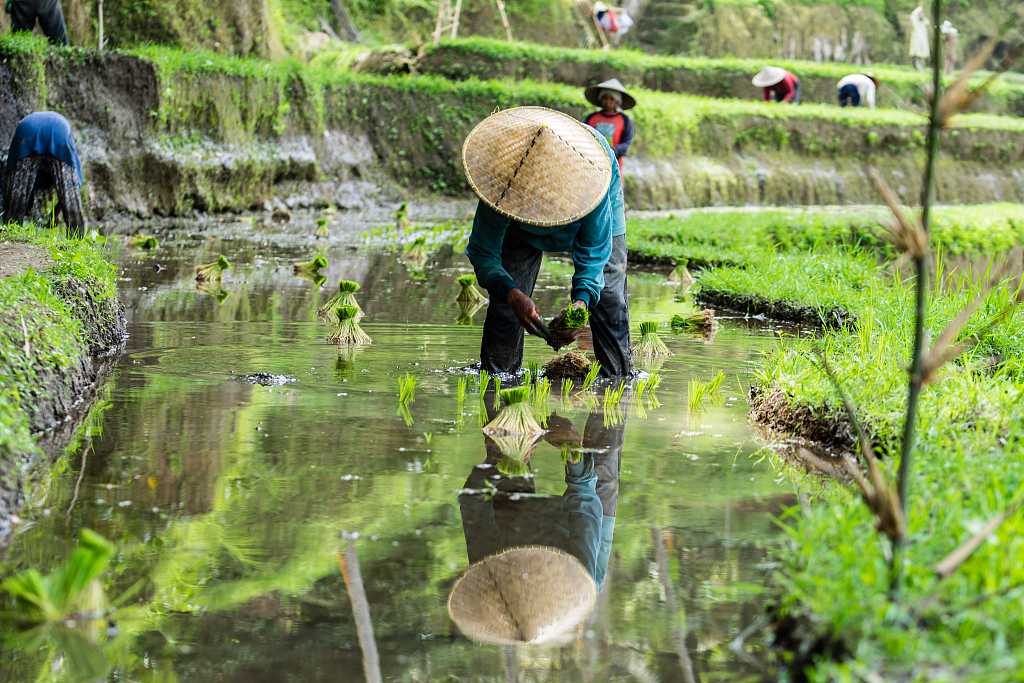
Farmers plant rice seedlings. /VCG Photo
Farmers plant rice seedlings. /VCG Photo
In southern China, with the abundant rain, farmers will start planting rice. A proverb goes, “If there is not enough rainfall in Grain Buds, farmlands will be dry.”
Custom of praying for silkworms
The season also witnesses silkworms start to cocooning.

Silkworms spin cocoon. /VCG Photo
Silkworms spin cocoon. /VCG Photo
Silkworms are difficult to feed. Temperatures, humidity and the condition of mulberry leaves, all affect the silkworms' lives.
It is said that the birthday of the “God of silkworm” falls during this season. To pray for a good silk harvest, people have traditional festivals in parts of east China such as Jiangsu and Zhejiang provinces.
Those who raise silkworms would be busy in boiling cocoon and reeling silks at the time. Both silk producers and merchants hold a high expectation for new silk to go to the market.
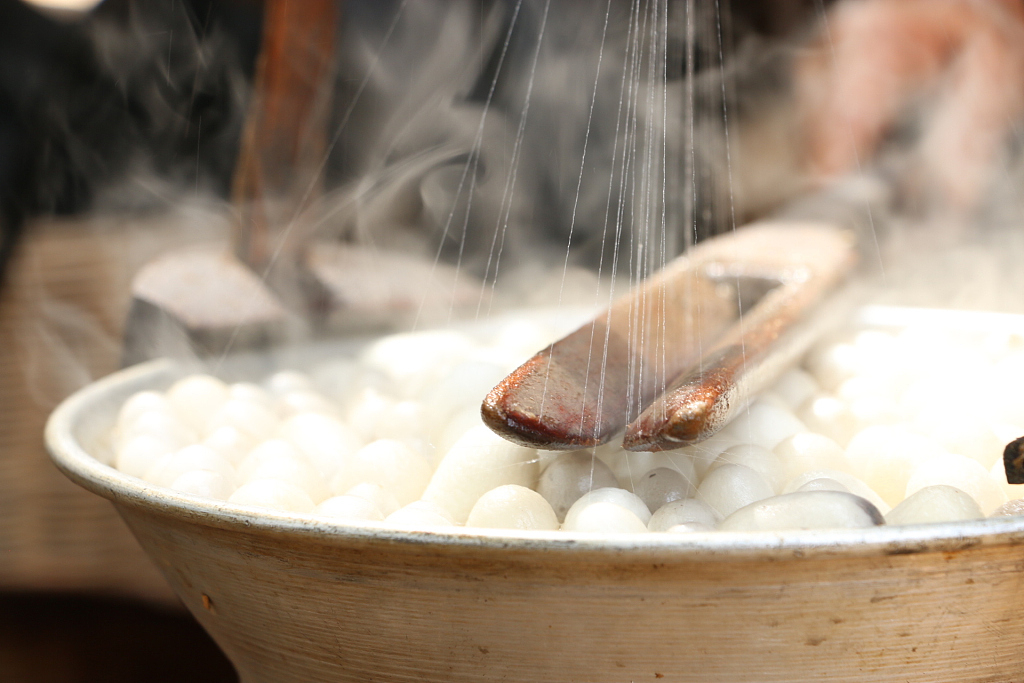
Reel silk. /VCG Photo
Reel silk. /VCG Photo
Seasonal vegetables
In the past, Grain Buds was a time of frequent food shortages, with last season's crops near depletion and new crops not yet ripe.
A ballad goes, “As the spring breeze blows, the bitter herbs grow. The wilderness is a granary.” It is the prime time to pluck edible wild herbs, such as bitter herbs, to feed mouths during difficult times.
Today, people don't need to worry about food shortages anymore. But fresh seasonal herbs and vegetables are still good choices.
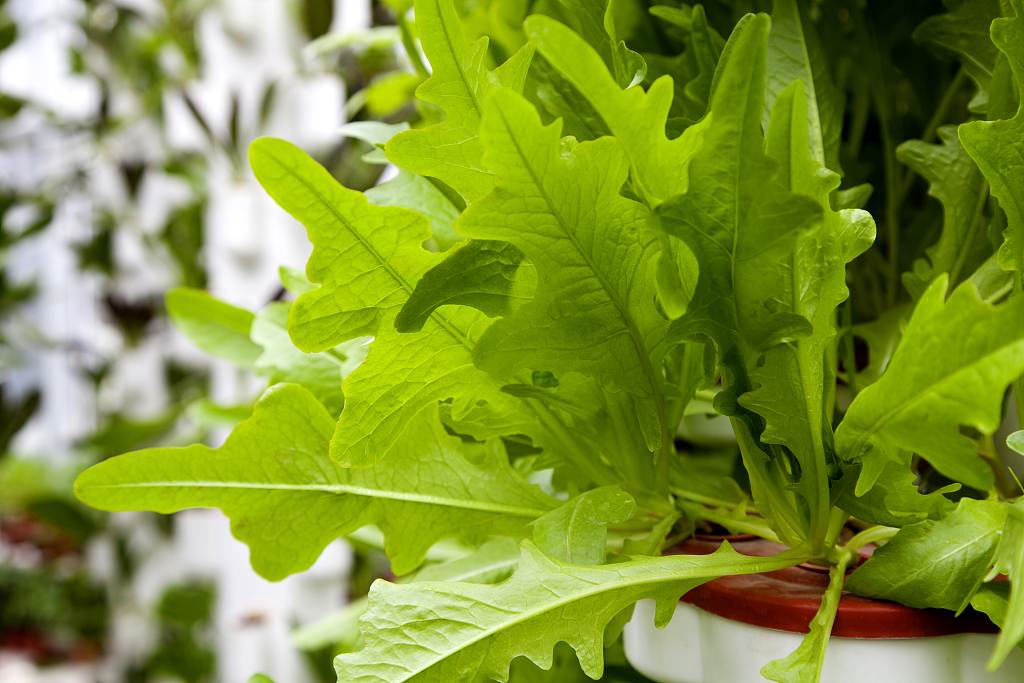
Garland chrysanthemum. /VCG Photo
Garland chrysanthemum. /VCG Photo
Garland chrysanthemum was originally a beautiful foliage plant in European gardens. But after its introduction to China, it became a delicious dish on the table.
Garland chrysanthemums become ready to eat during this period. The scented plant is nutritious, rich in vitamins, carotene and a variety of amino acids, and helps increase appetite and lower blood pressure.
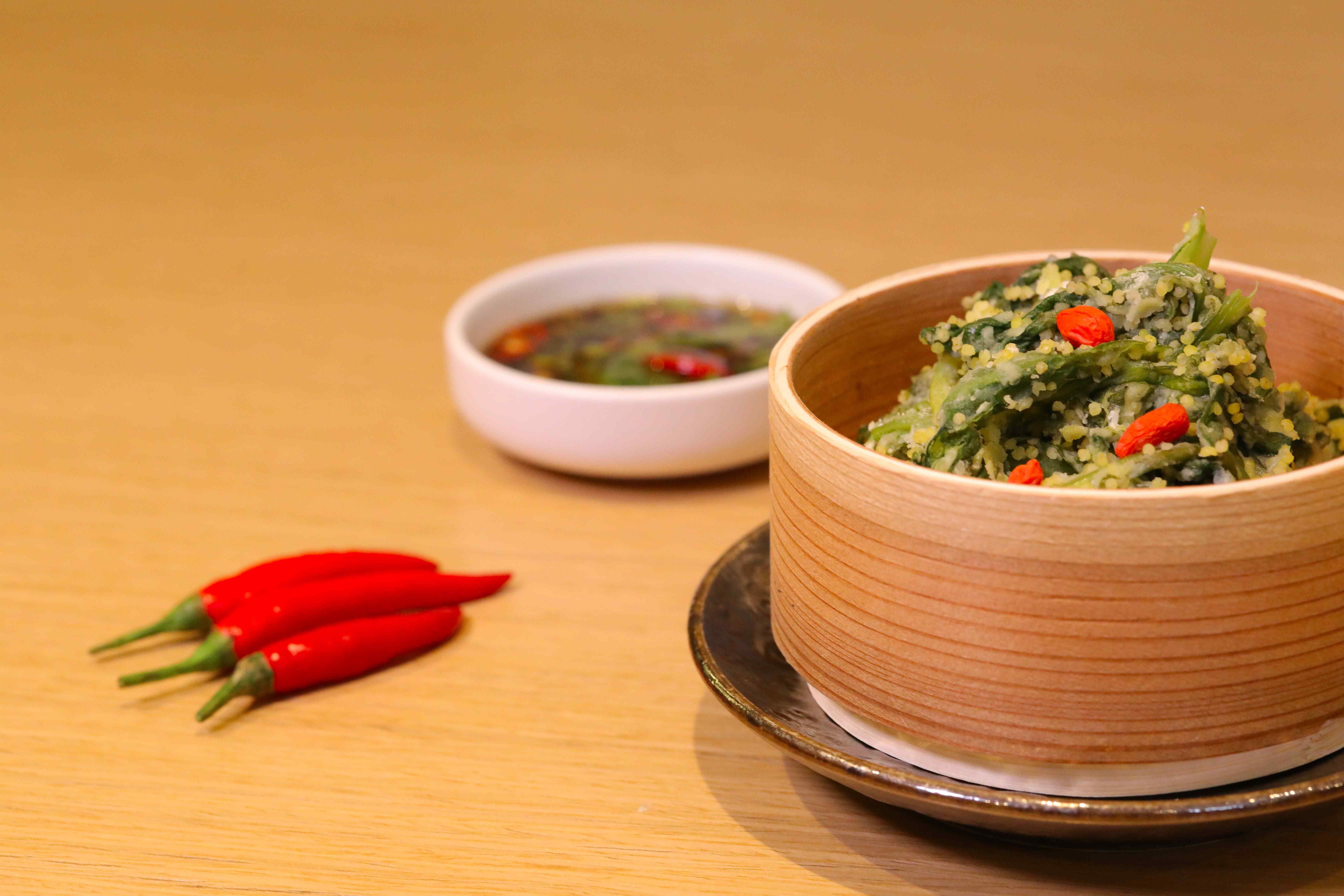
Steamed garland chrysanthemum with wheat flour and corn flour. /CGTN Photo
Steamed garland chrysanthemum with wheat flour and corn flour. /CGTN Photo
To eat it healthy, you should not miss the Chinese dish steamed garland chrysanthemum with wheat flour and corn flour. The dish's ingredients are easy to find and the cooking process is relatively simple.
Click the video at the top of the article to see how to do it.
Video editor: Zhou Tingyu
Top image designer: Du Chenxin

SITEMAP
Copyright © 2018 CGTN. Beijing ICP prepared NO.16065310-3
Copyright © 2018 CGTN. Beijing ICP prepared NO.16065310-3